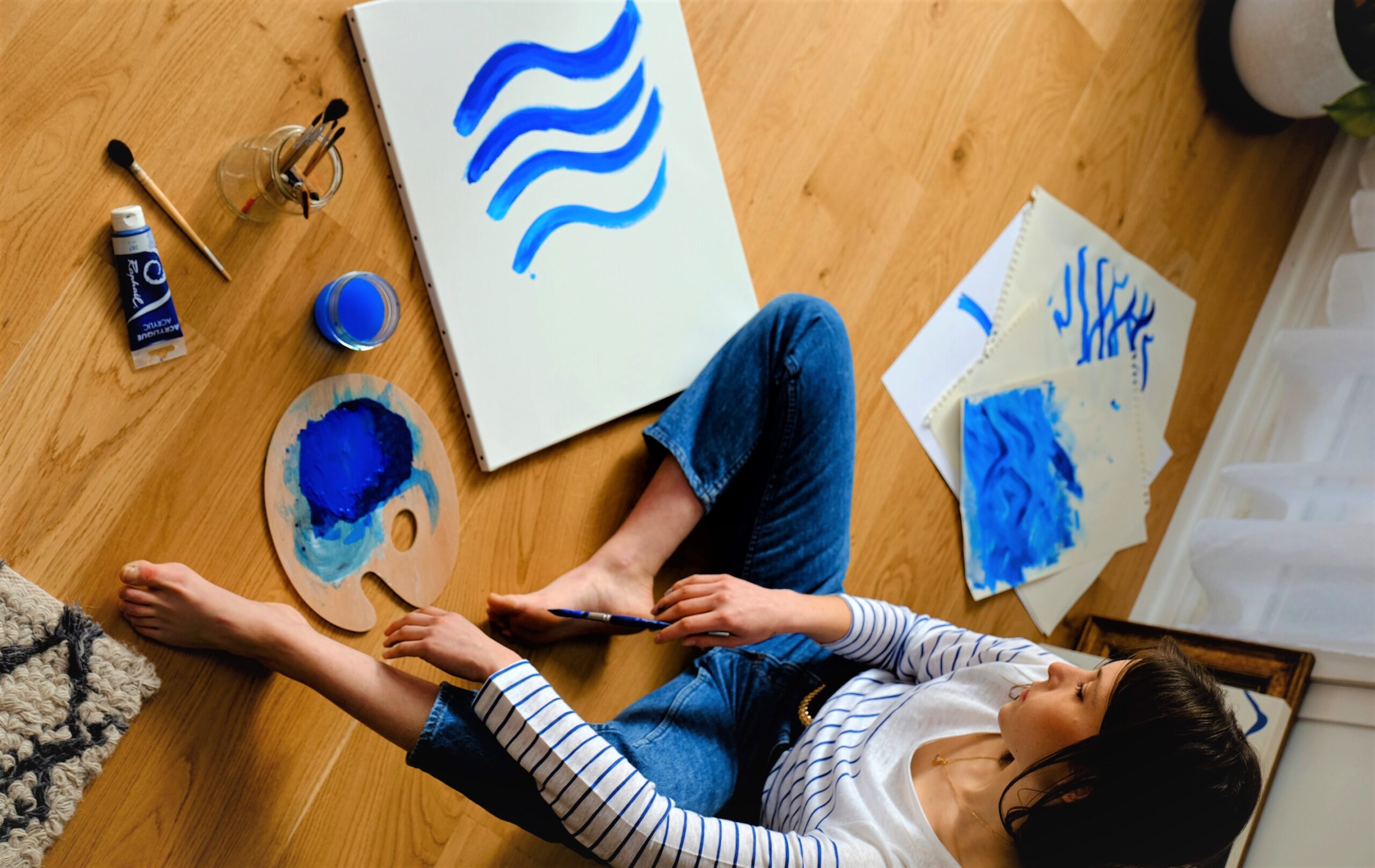Art is therapeutic, which is why many professional artists are passionate about their work. Their creation or performance makes them feel alive and happy; making a lucrative profession out of it is more or less a bonus. The difference between art education and art therapy is the same as that of want and need.
Individuals who aim to educate themselves in the arts want to make a career out of it and showcase their creativity to the world. Art therapy is something an individual might need to undergo for self-healing and inner peace.
Art has many different forms, thus both education and therapy of the arts are versatile. Art education refers to a range of techniques and theories taught by an accomplished teacher or instructor.
On the contrary, art therapy is a free-style exercise facilitated by a certified therapist. To further understand the distinction between these two terms, let us explore various aspects of each and compare:

Purpose and Outcome
The purpose of an academic degree or education is to hone art-making skills, as well as learn sophisticated methodologies to achieve perfection. You may complete a diploma or a 2-4 year degree program from a college/university to become a professional artist. This education will grant you the expertise and confidence to pursue a well-paying career in the arts industry.
Art therapy is something you do for yourself, i.e. it is not intended for show, publicity, or money-making. How long you practice or perform art therapy depends upon your physical limitations and spiritual need. The purpose and outcome may vary with your circumstances and essentially depends upon your mental health.
Rules and Principles
There is no right and wrong in art therapy. It’s a ritual for self-discovery and self-expression; hence, no specific rules apply. An art therapist does not provide technical lessons or issue meticulous instructions. The therapist guides a subject through the restorative journey and offers suggestions.
However, their main job is to observe the patient and develop the treatment routine accordingly. The observations are used to evaluate the subject’s feelings and emotions, and thereby learn interesting and useful information about them. To be precise, the art you create is the reflection of your mind and soul.
Art education is increasingly formal in comparison. There are certain customs or principles for doing things; violating the standards could be perceived as a lack of skill or impropriety when judged by a professional art critique. Modern art is diverse; nonetheless, you have to distinguish wrong from right in order to achieve excellence. What you study and perform in art classes helps you transcend from novice to master.

Privacy and Discretion
When you enroll in an art class, you are the student and the instructor is your teacher. You will be surrounded by several other students like you and lessons are conducted in a conventional classroom.
Art education is normally offered in an open environment, and the teacher rarely provides individual attention to every student; day-to-day interactions are reserved and strictly related to a particular course. You have to follow certain etiquette and respect boundaries to prevent chaos inside the educational institution.
Art therapy is whole other experience; it can be a one-on-one or group session with the designated therapist. The therapy session is held in a safe space that ensures confidentiality, and is completely void of intrusion. You share intimate or personal information with your therapist, which never leaves the room. You can choose to share your art therapy experience with peers or keep it to yourself.
Tools, Tasks, and Key Elements
Art education focuses on the end product, whereas art therapy is all about the process. You will be taught how to utilize different tools in an art class. The usage of these tools is fundamental for completing assigned tasks. If you implement the teachings and adhere to the rubrics, you create a masterpiece that is supposed to possess aesthetic and economic value.
Whatever you create during art therapy does not have to live up to any standards or expectations. What matters is that how the exercise affects you. Every session is meant to be a divine excursion that helps you acquire mindfulness and clarity. It can also be called a form of catharsis that allows you to get rid of negative energy, and feel lighter. The therapeutic ritual is very effective for beating anxiety, depression, and various types of phobias.

Elijah Cole is the founder of The Witty Minds blog and a professional content creator. His expertise lies in creative writing and lifestyle blogging. At Witty Minds, he is the lead writer, editor, and publisher of all original content.

